 W
WAlfred Bielschowsky was a German ophthalmologist. His specialty was physiology and pathology of the eye, particularly in regards to research of eye movement, space perception and diagnosis of oculomotor anomalies.
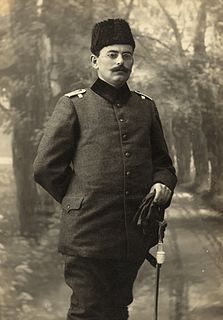 W
WTawfiq Canaan was a pioneering Palestinian physician, medical researcher, ethnographer, and Palestinian nationalist. Born in Beit Jala during the rule of the Ottoman Empire, he served as a medical officer in the Ottoman army during World War I. During British rule, he served as the first President of the Palestine Arab Medical Association founded in 1944, and as the director of several Jerusalem area hospitals before, during, and after the 1948 war. Over the course of his medical career, he authored more than thirty-seven studies on topics including tropical medicine, bacteriology, malaria, tuberculosis, and health conditions in Palestine, and contributed to research that led to a cure for leprosy.
 W
WMehmet Hulusi Conk was an officer of the Ottoman Army and the Turkish Army.
 W
WSMS Emden was the second and final member of the Dresden class of light cruisers built for the Imperial German Navy. Named for the town of Emden, she was laid down at the Kaiserliche Werft in Danzig in 1906. The hull was launched in May 1908, and completed in July 1909. She had one sister ship, Dresden. Like the preceding Königsberg-class cruisers, Emden was armed with ten 10.5 cm (4.1 in) guns and two torpedo tubes.
 W
WGottfried Erik Fuchs (also Godfrey Fuchs; was a German Olympic footballer. He scored a then-world record 10 goals for the Germany national football team in a 16–0 win against Russia at the 1912 Olympics. He left Germany to escape the Holocaust, as he was Jewish, and ultimately emigrated to Canada.
 W
WAbdurrahman Nafiz Gürman was an officer of the Ottoman Army and a general of the Turkish Army. After his retirement in 1949, he was Ambassador to South Korea and Iran, until 1959.
 W
WJosef Michael Hartinger was a German lawyer who worked for the Bavarian State authorities in the latter years of the Weimar Republic when the Nazis came to power. Tasked with investigating some unnatural deaths at the Dachau concentration camp near Munich, Hartinger together with his medical examiner colleague, Moritz Flamm, discovered the SS policy of summary executions and faked suicides at the camp. At great risk to his own safety, Hartinger issued an indictment of the camp authorities, which was ultimately betrayed and suppressed.
 W
WJulius Hirsch was a Jewish German Olympian international footballer who was killed by the Nazis in Auschwitz concentration camp during the Holocaust. He helped Karlsruher FV win the 1910 German football championship. He played for the Germany national football team, including at the 1912 Summer Olympics. He then joined SpVgg Fürth, with whom he won the 1914 German football championship.
 W
WAugust Hirt was an anatomist with Swiss and German nationality who served as a chairman at the Reich University in Strasbourg during World War II. He performed experiments with mustard gas on inmates at the Natzweiler-Struthof concentration camp and played a lead role in the murders of 86 people at Natzweiler-Struthof for the Jewish skeleton collection. The skeletons of his victims were meant to become specimens at the Institute of anatomy in Strasbourg, but completion of the project was stopped by the progress of the war. He was an SS-Hauptsturmführer (captain) and in 1944, an SS-Sturmbannführer (major).
 W
WPrince Karl of Bavaria was a member of the Bavarian Royal House of Wittelsbach and a Major General in the Bavarian Army.
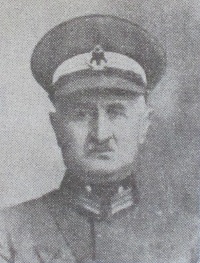 W
WNazif Kayacık was an officer of the Ottoman Army and a general of the Turkish Army.
 W
WPrince Konrad of Bavaria was a member of the Bavarian Royal House of Wittelsbach.
 W
WOsman Nuri Koptagel was an officer of the Ottoman Army and a general of the Turkish Army.
 W
WFritz Julius Kuhn was a German Nazi activist who served as elected leader of the German American Bund before World War II. He became a naturalized United States citizen in 1934, but his citizenship was cancelled in 1943 owing to his status a foreign agent of the Nazi government, and he was deported in 1945.
 W
WMuhittin Kurtiş was an officer of the Ottoman Army and the general of the Turkish Army.
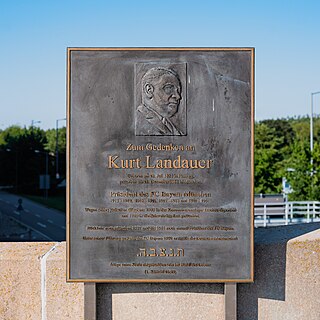 W
WKurt Landauer was a German football official. His profession often listed as Kaufmann ("merchant"), he was head of the advertising department of the major Munich daily newspaper Münchner Neueste Nachrichten, considered precursor to Süddeutsche Zeitung, which commenced publication after World War II. His claim to fame is his four tenures as the president of the football club FC Bayern Munich between 1913 and 1951. To date he remains the president with the longest time in office.
 W
WRudolph Ludewyk "Okey" Lewis was a South African road racing cyclist who won the gold medal in the road race at the 1912 Summer Olympics.
 W
WMehmet Arif Bey, also known as "Ayıcı" Arif, was an officer of the Ottoman Army and the Turkish Army.
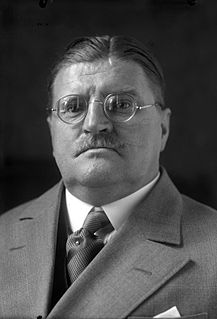 W
WOtto Lebrecht Eduard Daniel Meissner was head of the Office of the President of Germany from 1920 to 1945 during nearly the entire period of the Weimar Republic under Friedrich Ebert and Paul von Hindenburg and, finally, under the Nazi government under Adolf Hitler.
 W
WMax Josef Metzger was a Catholic priest and leading German pacifist who was executed by the Nazis during World War II.
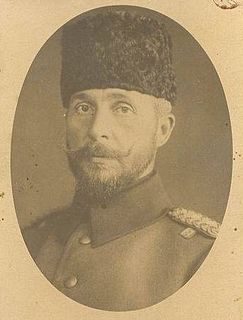 W
WNureddin Ibrahim Pasha, known as Nureddin İbrahim Konyar since 1934 and often called Bearded Nureddin, was a Turkish military officer who served in the Ottoman Army during World War I and in the Turkish Army during the Western Front of the Turkish War of Independence. To distinguish him from namesakes, he was called Beard Nureddin because he was the only high-ranking Turkish officer during the Turkish War of Independence sporting a beard. He is known as one of the most important commanders of the War.
 W
WŞefik Avni Özdoğru was an officer of the Ottoman Army and of the Turkish Army. Mayor of Samsun. He was a younger brother of Talat Avni (Özüdoğru).
 W
WHans Heinrich Reese was a German amateur footballer, physician, and neurologist who competed in the 1912 Summer Olympics. He was also on the faculty of the University of Wisconsin School of Medicine.
 W
WOffizierstellvertreter Leopold Rudolf Reimann was a World War I flying ace credited with five aerial victories.
 W
WDominik Richert was a German soldier in World War I who deserted to the French in 1918. Rickert became widely known posthumously after the publication of his memoirs of World War I in 1987.
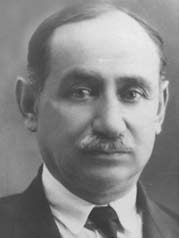 W
WRüştü Pasha or Rushdi Pasha was an officer of the Ottoman Army and a general of the Turkish Army. He became a leader of the Progressive Republican Party, being a member of its Central Administrative Committee. He was hanged for his involvement in the İzmir assassination attempt against Mustafa Kemal (Atatürk) in 1926.
 W
WFritz Schallwig was a champion German cyclist.
 W
WFriedrich-Werner Erdmann Matthias Johann Bernhard Erich Graf von der Schulenburg was a German diplomat who served as the last German ambassador to the Soviet Union before Operation Barbarossa, the German attack on the Soviet Union in 1941 during World War II. He began his diplomatic career before World War I, serving as consul and ambassador in several countries. He turned against the main Nazi Party and joined the conspiracy against Adolf Hitler. After the failed 20 July plot in 1944 to assassinate Hitler, Schulenburg was accused of being a co-conspirator and eventually executed.
 W
WErdmonas Simonaitis was a Prussian Lithuanian activist particularly active in the Klaipėda Region and advocating its union with Lithuania. During the staged Klaipėda Revolt of 1923, he headed the pro-Lithuanian government of the region. For his anti-German activities, he was persecuted by the Nazis during World War II. He survived the Mauthausen-Gusen and Dachau concentration camps. After the war he remained in Germany and rejoined various Lithuanian organizations. He was awarded the Order of Vytautas the Great and Order of the Lithuanian Grand Duke Gediminas.
 W
WHeinrich (Henry) Teuscher was a landscape architect, horticulturalist and botanist best known for having designed the Jardin Botanique de Montreal. He was also its first curator.
 W
WFritz Todt was a German construction engineer and senior Nazi who rose from the position of Inspector General for German Roadways, in which he directed the construction of the German autobahns (Reichsautobahnen), to become the Reich Minister for Armaments and Ammunition. From that position, he directed the entire German wartime military economy.
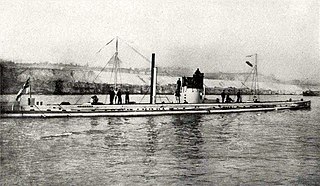 W
WSM U-9 was a German Type U 9 U-boat. She was one of 329 submarines serving in the Imperial German Navy, and engaged in commerce raiding (Handelskrieg) during World War I.
 W
WOtto Wallburg was a German actor and Kabarett performer. He was a prolific film actor during the late silent and early sound era.